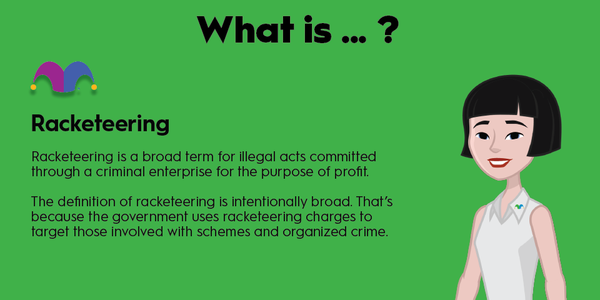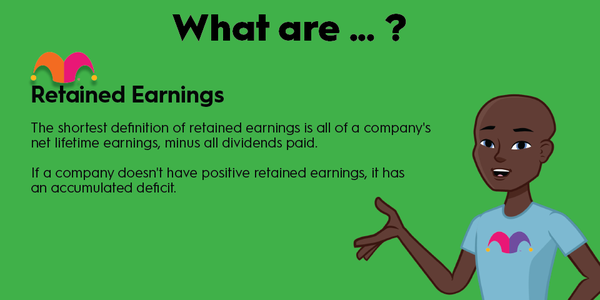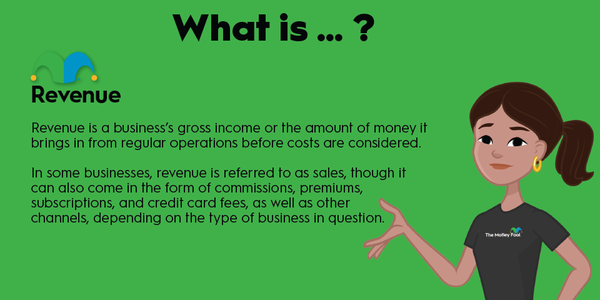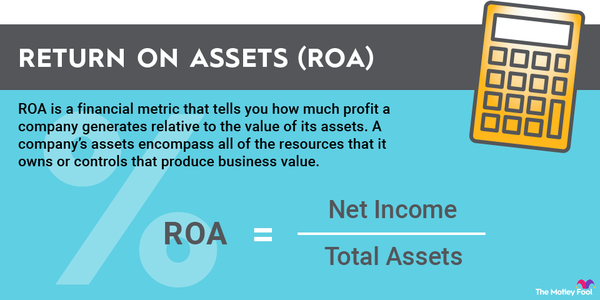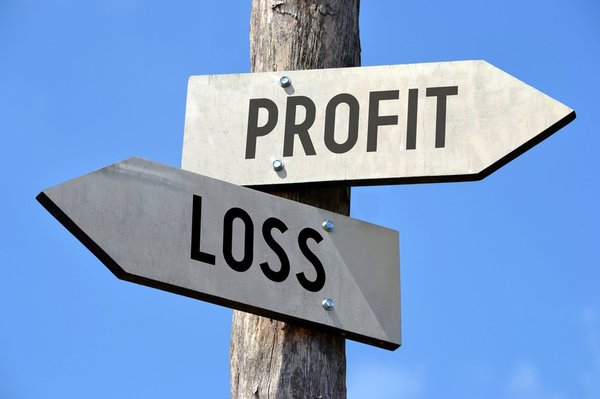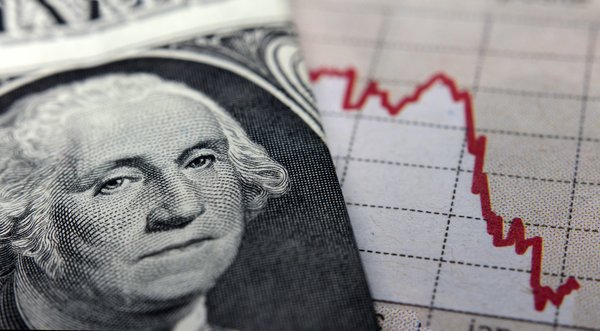A key performance metric for the hospitality industry is a property's revenue per available room, or RevPAR. It helps gauge the overall performance of a hospitality property like a hotel by measuring how much revenue each room produces per night. Because of that, it's an important metric for commercial real estate investors who own hospitality properties like hotels as well as real estate investment trusts (REITs) focused on hospitality.

What is RevPAR?
The hotel industry uses RevPAR to evaluate how much revenue its rooms produce. It helps hotel operators and owners gauge a property's ability to maximize the revenue of each room by comparing the occupancy rate against the average daily room rate (ADR).
Hotel operators and owners analyze changes in RevPAR to measure performance. If it's on the rise, the hotel is doing a better job maximizing its per-room revenue. Meanwhile, declining RevPAR suggests a property's performance has started slipping.
How is RevPAR calculated?
There are two ways to calculate RevPAR:
- Multiply a hotel's average daily room rate by its occupancy rate.
- Divide a hospitality property's total room revenue by the number of total rooms available.
For example, a hotel has an average daily rate of $100 and an occupancy rate of 50%. Thus, its RevPAR would be $50 (100 X 0.5). Conversely, a 50-room hotel generates an average of $10,000 in total room revenue per night. This hotel's RevPAR would be $200 (10,000 / 50).
How RevPAR helps hotels evaluate their profitability
RevPAR alone isn't a good gauge of a hospitality property's profitability. That's because it doesn't factor in expenses such as costs per occupied room (CPOR). It also doesn't include total hotel revenue, which factors in other sources like room service, parking and resort fees, or conference room rentals.
However, it's still a good metric for evaluating profitability trends. For example, hotel REITs use RevPAR as one of their key operating statistics. They provide this metric so that investors see how it's trending compared to prior periods.
For example, a hotel REIT reported that its RevPAR in the most recent quarter was $95.05. If this number was below what the REIT generated in the same quarter in the previous year, profitability was probably under pressure unless CPOR declined by a larger percentage or the REIT generated more revenue elsewhere. On the other hand, if RevPAR increased, it hints that the REIT's profitability improved, assuming that operational costs didn't spike and other revenue sources didn't dry up.
How RevPAR helps hotels make decisions
While RevPAR might not be a perfect profit indicator, it does help hotels make changes to boost their income. For example, a hotel manager can use RevPAR to assess whether they've priced their rooms at the best rate. A hotel that currently has an ADR of $100 and a 90% occupancy rate would generate $90 in RevPAR.
If higher occupancy was the hotel's goal, it might consider reducing the ADR to $90, which would yield the same $90 in RevPAR if it achieved a 100% occupancy rate. However, total revenue would remain the same, while costs would likely rise since the hotel would need to pay to clean more rooms each night. Thus, profitability could suffer.
On the other hand, if maximizing revenue is the goal, the hotel manager should consider raising its average room rate. If the hotel boosted its ADR to $125, causing occupancy to decline to 75%, RevPAR would rise to $93.75. As a result, total revenue has increased. Further, the hotel's profitability could have also grown since costs would likely fall in that scenario since the hotel wouldn't need to have as many rooms cleaned each night.
RevPAR helps evaluate hotel performance
RevPAR is a key measurement of hotel performance. While the metric isn't a profit indicator, it can inform trends and guide changes that could boost a property's income. Because of that, it's an important metric for hotel operators and owners to monitor.


